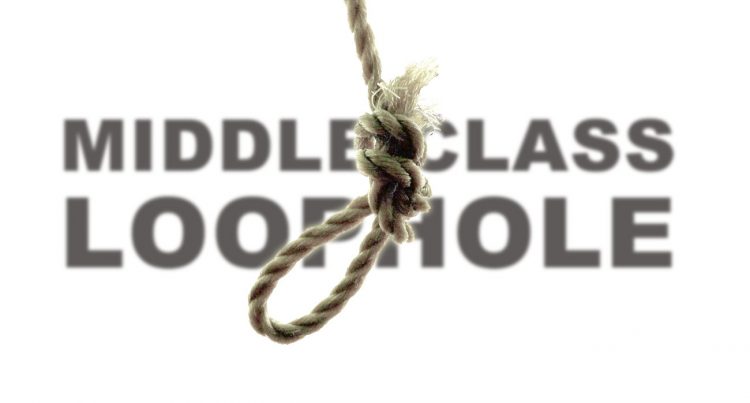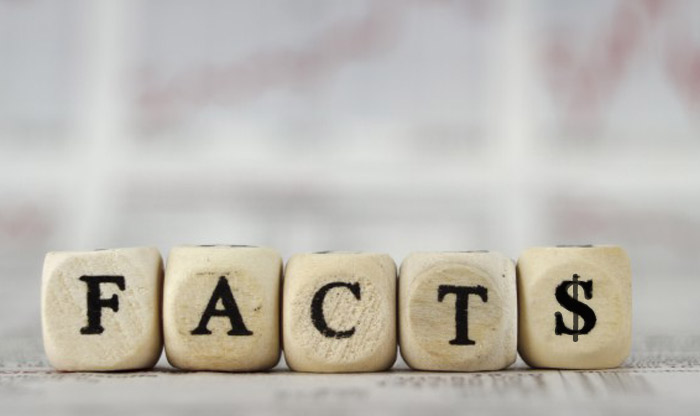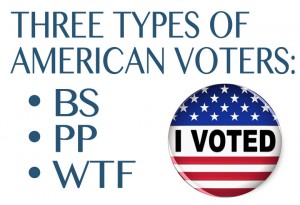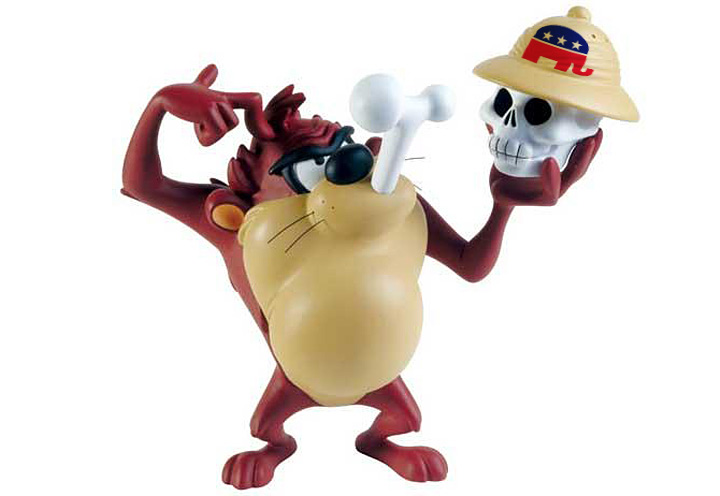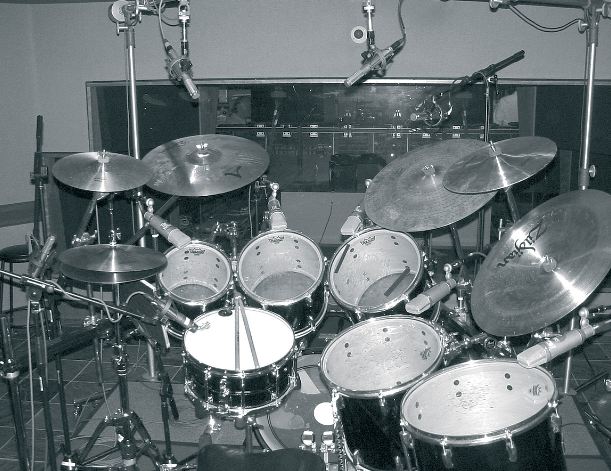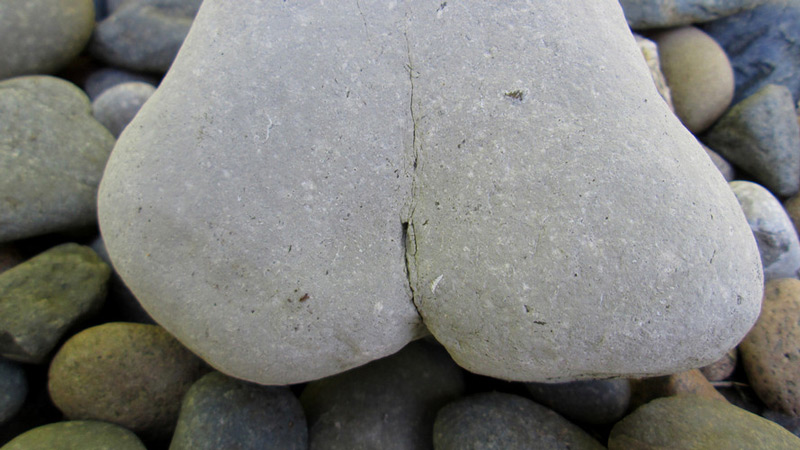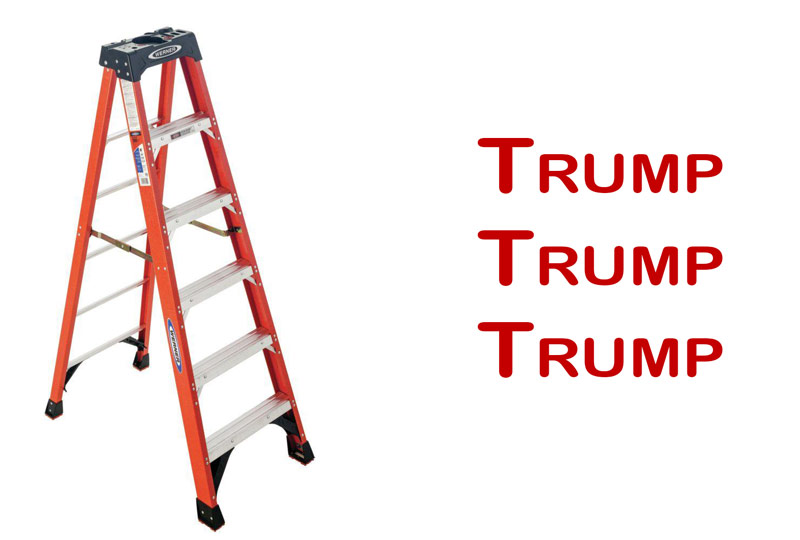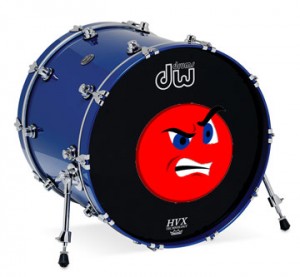 The second studio I ever opened was in New Jersey where I learned the term “NJHC” which basically means, “Don’t F*ck with those guys!”
The second studio I ever opened was in New Jersey where I learned the term “NJHC” which basically means, “Don’t F*ck with those guys!”
The New Jersey Hard Core metal scene basically consisted of various bands who threatened to kick my ass on multiple occasions, which I later learned is a sign of good will for NJHC, so good memories, good times, & battle scars. I mention NJHC, though, not for those great memories of cranked up producers, but because one of the studio partners was from Jersey and had a lot more metal sound insight than I had. It took at least 5 metals CDs before I finally started NOT feeling like I would vomit from the kick drum sound in any sort of hard core metal music. But with patience and understanding at least I got why it was that way and needed to be a piecing clicking sound that still haunts my nightmares (New Jersey Hard Core, dude, don’t mess with those guys).
So many new audio engineers get frustrated with their drum sound. Recording drums is NOT easy, even if you’re triggering most of the kit, it’s still a pain in the ass to do and can make or break the track. That so many people search and talk about “the best kick drum sound” or “the best snare drum sound” is sorta proof that recording drums and getting a good drum sound is vital… so here we’ll talk a little more just about the kick drum sound.
Know your kick drum sound vocabulary:
Tacky. This is where I settle in with the attack of the kick for Metal (NOT short-hair Metallica metal; I mean kicking-your-ass sorta metal with double kick drums, 47 rack toms, snare skins made of Llama bladders, and more splashes and crashes than can fit in a minivan). If you’re an audio engineer who has more experience in anything BUT metal, you’ll probably not like this attack sound, but it’s necessary for the genre as well as to ensure that the tacky clip can piece through the guitars. You want a hard pedal (no felt), and play around between 2.5k and 4k to get that tacky sound on the hit. Tacky attacks do NOT work well with a full EQ. You get give it some heavy sub bass, but the 200hz – 600hz range that gives kick drums a more natural tone will not work: that will muddy with the bass and guitars, and mask some of the attack that you need to cut through the mix.
Close to tacky is Clippy. Clippy is more in the 4.5k – 5k frequency range, and with a NARROW Q on your EQ. If you go to wide with your Q, then you’ll get more skin sound up high and more cardboard below, which will make it sound more natural and less clippy. Clippy also works with Metal, and can (oddly) help a little bit with Country music if there’s a lot going on in the mix (i.e. electric guitars with telecaster tones, keys, etc… a whole lotta country goin’ on).
Cardboard. Good for Country music (cardboard is where the singer ends up AFTER he loses his love, his dog, and crashes his truck into a crispy cream shop). Cardboard can also be called Flappy if that helps get the tone into your head at all; like the sound of cheap flip flops on the foot of a 350 pound man. Flappy (also cardboard, as if you’re hitting a big cardboard box with a fly swatter). A kick drum with a cardboard / flappy attack can hide from you in the 900hz – 2k range. That seems a bit wide, but you need that lower area, possibly notched, to bolster the actual transient and mask it a little bit. If you’re having problems getting a Reggae kick drum to settle in, flappy can help as well to give just enough attack without overwhelming any organ or clean guitar punches
Rubber. This comes from kicking a car tire sitting on the side of a road… or maybe hitting it with a baseball pat (wood bat, not metal). That’s a kick drum sound with a rubber attack. Rubber works for Reggae, Punk, softer Country (felt foot pedal) Rubbery kick drum sound needs some notches on the attack coupled with a full kick drum that has a fair amount o resonance to it (don’t stuff it, let it sustain a little and try to balance it from 80hz to as high as 250hz). That fullness works with the attack that you need to be somewhat “slappy”, say around 3.5k – 5k. A Rubbery kick drum sound can end up sounding like a metal kick drum (who knew?) if it does NOT have resonance. Metal kicks and fast, tacky, and give some deep low end, but not much in the middle and no resonance to muddy up the double kick, whereas you add resonance, put the attack frequencies just slightly higher, and you’ll have rubber. Important to remember it’s how all the frequencies are working together and how much you’re letting the kick drum breath and sustain / resonate.
I’m usually a rock / funk / jazz guy with drums, so I always strived for what I can only write as the “ttthhhwwwwuummpp!” kick sound. (Suck air in with you tongue between your teeth for the “th” sound, then bring your tongue in really fast (the wwwuuu sound), and quickly close your lips and stop for the “mmppp” sound…. that’s the best way I can explain it…. and no way am I posting a video of me doing it, so you’ll just have to figure it out ;) Basically THWUP is a natural sound that exploits the skin sound and a double mic’ing technique when recording the kick drum. This kick drum sound needs to be just slightly hollow (be careful, not too hollow) but reducing the 300-400hz area, a good chest thump low end (200hz – ish) and a full bottom that’s in tune w/ the rest of the song, but not too heavy to overwhelm the bass. The TTHHHH sound comes from air that you capture while recording and using good mics close to catch high frequencies from the skin(s). Seeking around 8-12kz starts to bring out that air. (“Air” also is basically interchangeable with “real” and “depth” in recording.) I’ve never gotten this tone with one microphone. You need two and with some separation on placement (so you can also try flipping the phase on one and experiment with how that changes the low end w/ the blend).


